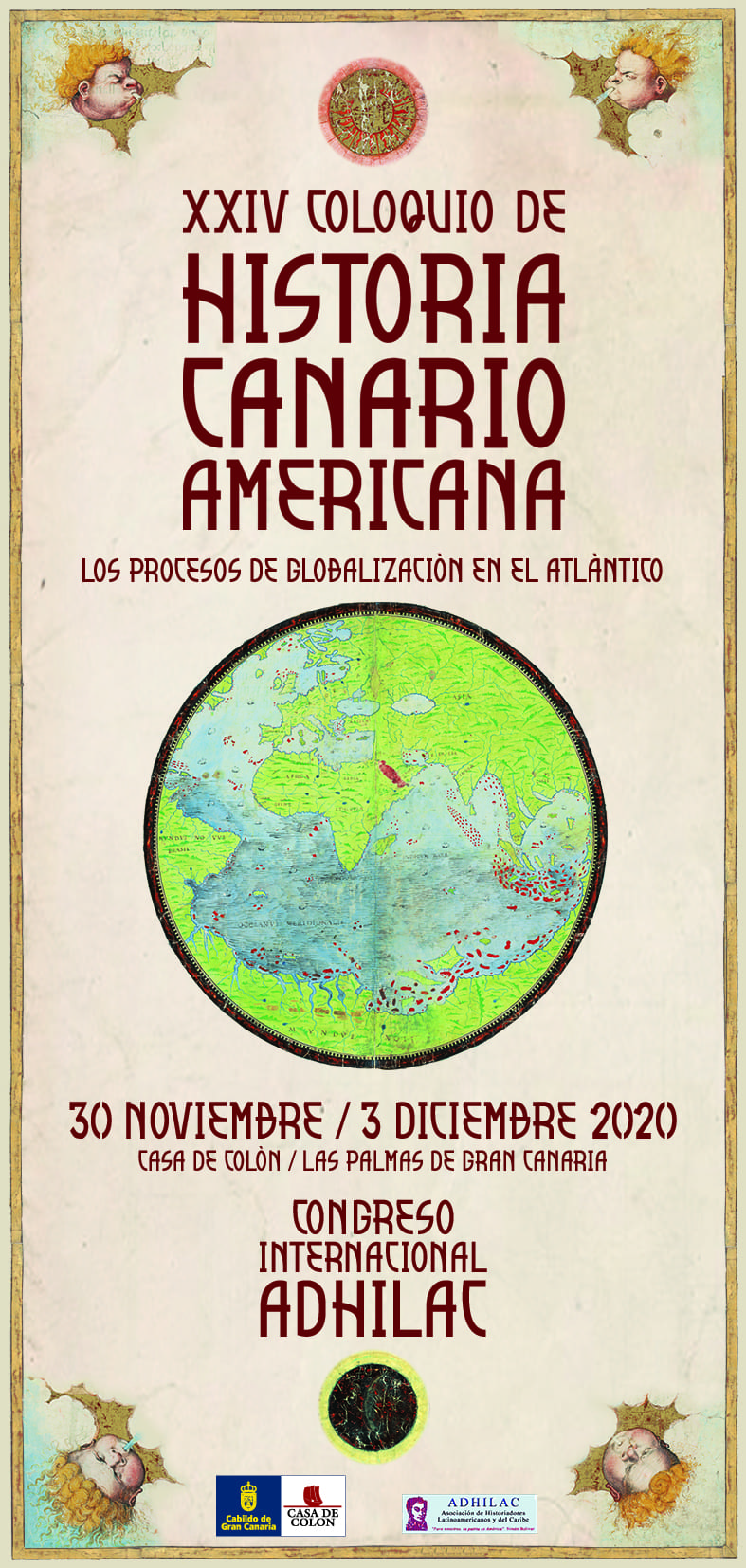Guerra contra la arena: las afecciones provocadas por el transporte eólico en Canarias desde el siglo XVIII hasta la actualidad / War against sand: the affections caused by aeolian transport in the Canary Islands since the 18th century until the present
Resumen
Los problemas generados por la movilidad de los sedimentos a lo largo de la historia en Canarias han ocasionado conflictos con los usos de suelo. A partir de fuentes históricas (prensa, testimonios de viajeros, boletines oficiales, archivos históricos, bibliografía histórica o fotografías comunes) se han reconstruido las causas, los efectos y las respuestas de los problemas causados por la arena en los sistemas sedimentarios eólicos del archipiélago desde el siglo XVIII hasta la actualidad. Entre las causas cabe destacar: a) la instalación de infraestructuras en zonas ocupadas por láminas de arena móvil; b) la eliminación de la vegetación, por el pastoreo o para su uso como combustible, que induce la removilización de los sedimentos afectando a estructuras ya existentes; c) una combinación de ambos procesos a lo largo de la historia. Las principales consecuencias son tanto el enterramiento de cultivos agrarios e infraestructuras, como el bloqueo de carreteras o pérdida del calado de los puertos. En respuesta a estos problemas se han llevado a cabo plantaciones de barreras vegetales, cercados de los cultivos con fardos de centeno o construcción de muros para frenar el flujo de arena.
Problems with sediment mobility throughout history in the Canary Islands have generated conflicts with other uses. Based on the use of historical sources (press, traveler testimonials, official bulletins, historical archives, historical bibliography or common photographs), the reconstruction of the causes, effects and responses of the problems caused by wind transport has been carried out in the wind sedimentary systems of the archipelago from the 18th century to the present. These have been produced by: a) the installation of infrastructure in areas occupied by mobile sand sheets; b) the elimination of vegetation, by grazing or for use as fuel, which induces the remobilization of sediments affecting existing structures; c) both processes occur throughout history. The main consequences are the burial of crops and infrastructure, road blockage or loss of port draft. In response to these problems, vegetable barrier plantations have been carried out, crops have been surrounded with rye bales or the construction of walls to stop the flow of sand.




